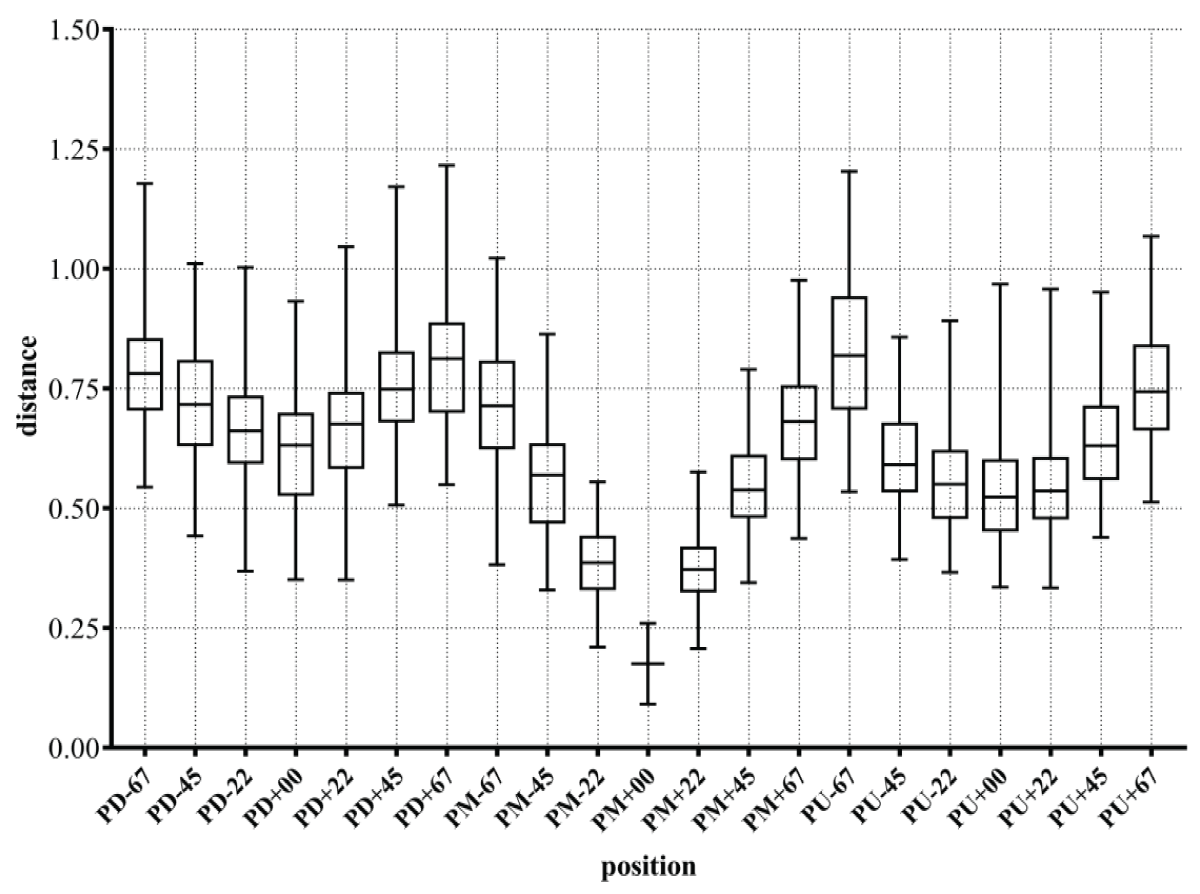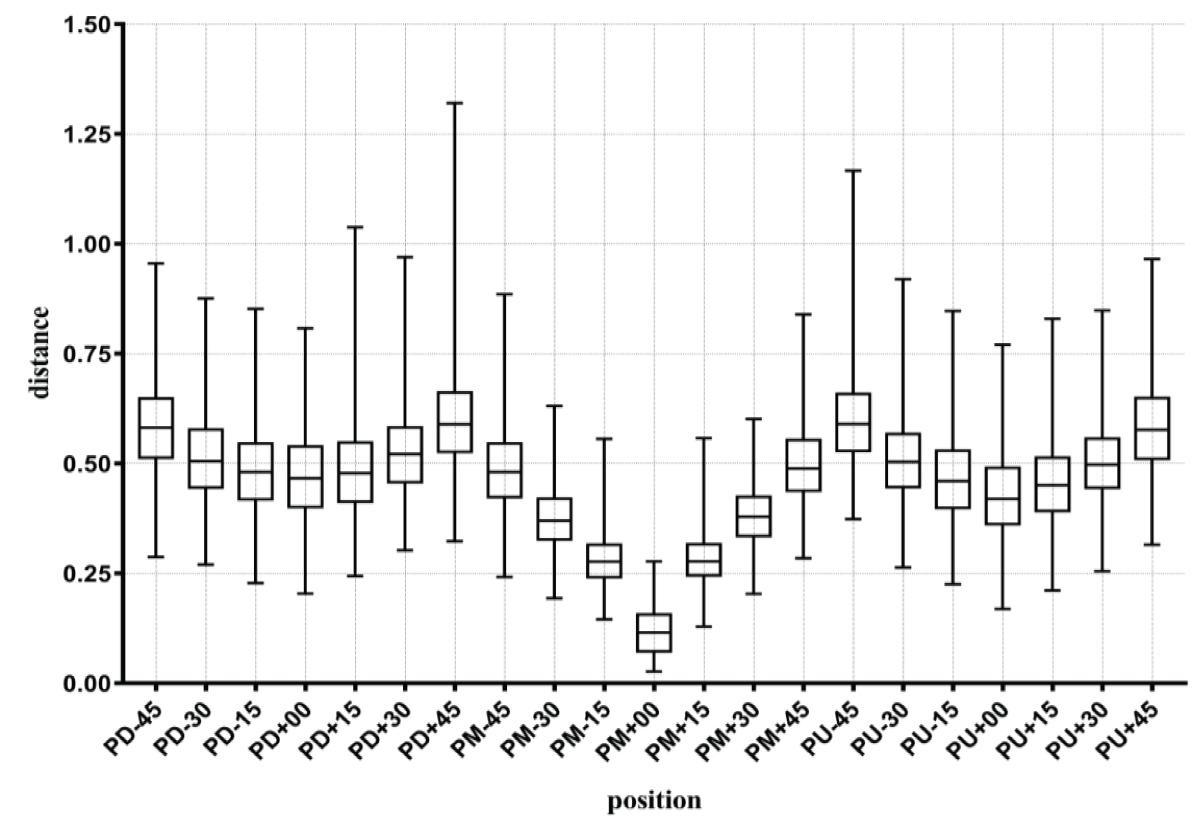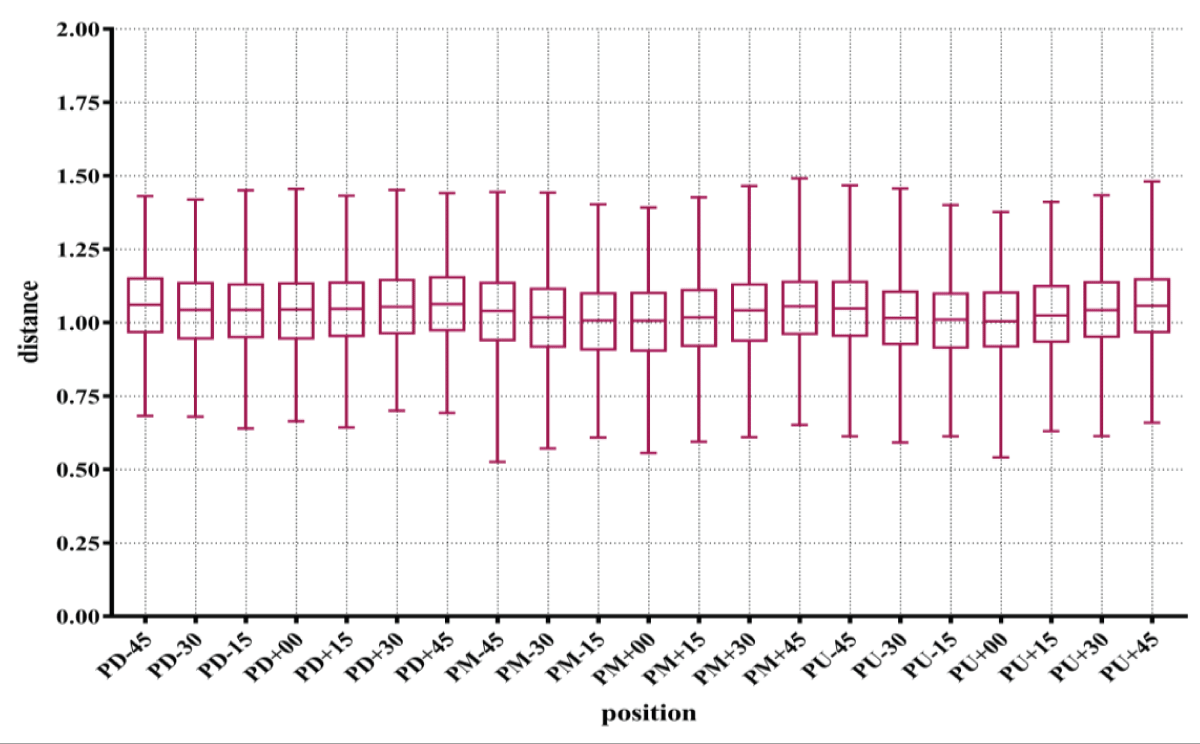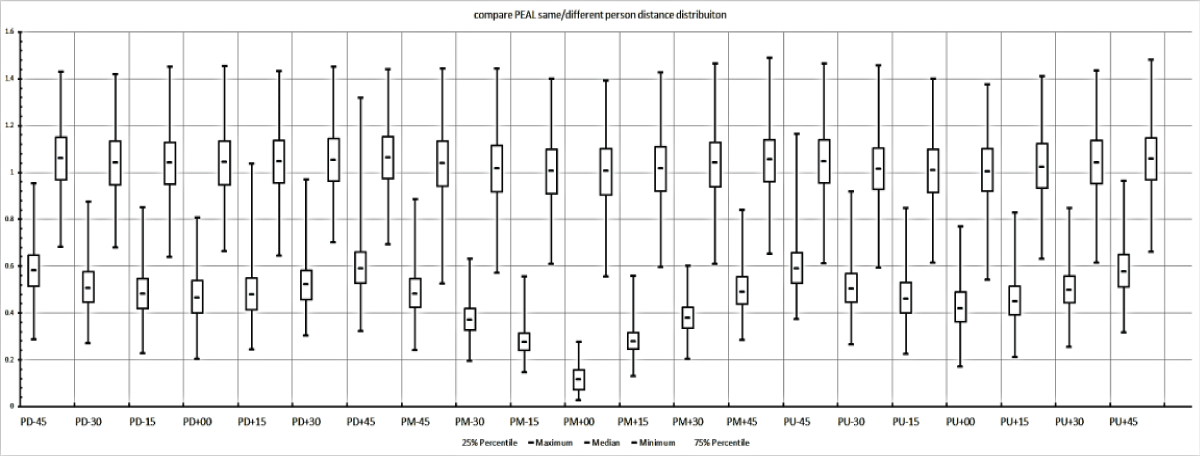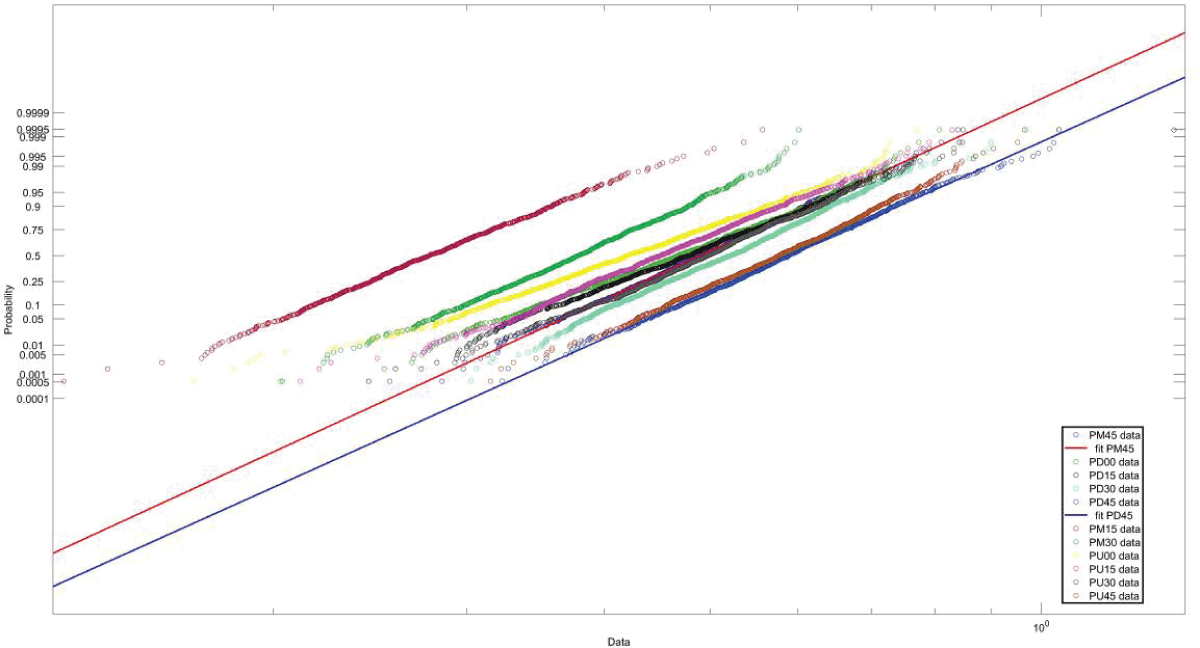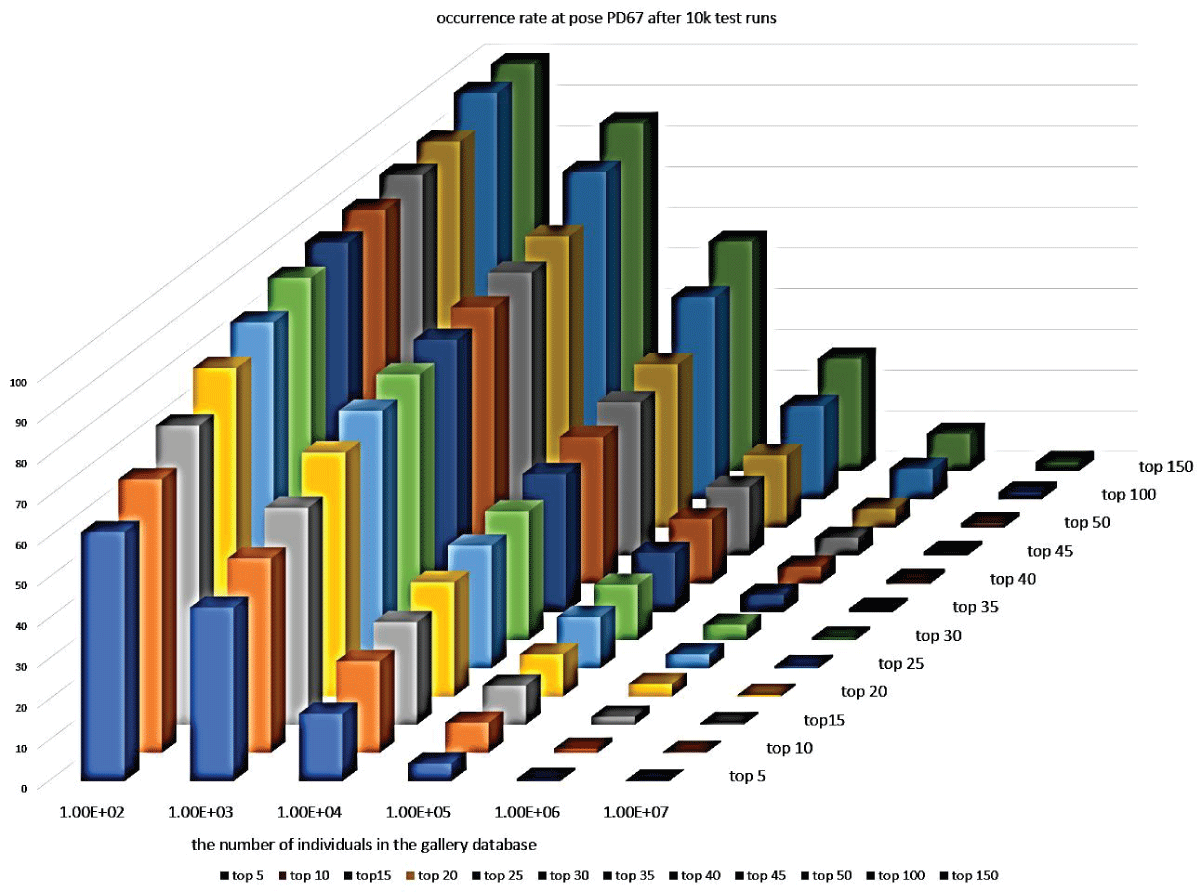要約
Interpersonal and intrapersonal face variation interference caused by multiple poses is challenging for distance-based face recognition systems. In this paper, we investigate the face-feature distance distribution for Chinese multi-pose faces. The simulation shows that the number of individuals in the gallery database will greatly affect the recognition performance for near-profile face images. It also provides a prediction of the Top-N occurrence rates in different gallery-size environments.




